Let’s talk Calisthenics! Calis what? Yes, Calisthenics! Although many people have practiced it for ages, some are still unfamiliar with the word. Calisthenics simply refers to any and all training activity that does not rely or include weights and support tools.
Background of Calisthenics
Before we jump into the do’s and don’ts, let us take a closer look at calisthenics, its origins and background.
The word Calisthenics stems from the Greek words for beauty (“kalos”) and strength (“sthenos”). Putting the two words together should already give you an idea of what it means. Calisthenics has been around for a lot of time. Even shaolin monks who were in charge of protecting their monasteries from robbers and pillagers adopted calisthenics in their training routines as a means to improve their abilities.
In principal, it involves using your own bodyweight in order to undergo physical training though various bodyweight exercises. Calisthenics is a core component of fitness training in the military, athletics and home training (without equipment). Even though bodybuilding became very popular around the 1950’s, calisthenics is still used by many. People looking to adopt a full-body training routine often incorporate calisthenics in their activities. Moreover, calisthenics is also associated with (the art/sport of) street workout. This tends to include (a combination of) exercises such as: push-ups, jumping squats, pull-ups, half burpees and lunges for example.
Performing these types of exercises help you build your abs, biceps, triceps, glutes, quads, chest and back muscles. As you may have guessed already, doing calisthenics training strengthens the whole body without the need of going to the gym or using any equipment. Along with strength, flexibility and physical endurance is also improved with these types of exercises. Lastly, if you are aiming to burn off fat, then calisthenics is very much recommended as one of the first things to consider alongside your diet.
Now that we’ve established what calisthenics is, let us look more into the do’s and the don’ts when doing these types of exercises.
The Do’s of Calisthenics
#1 Focus on the Journey

Most people tend to focus solely on their goals and objectives when they start training. However, to get the most out of calisthenics it is best to focus on both the journey and the goal. In practical terms, this means to avoid rushing things in order to get results fast. Instead of doing a crazy amount of reps each time, allow your body to heal more with shorter sets that are consistent (i.e. these are performed frequently). It is better to perform a couple of sets properly, whilst getting a good workout as opposed to doing sloppy reps with muscles that don’t get a chance to heal well and grow. The body tends to reward intense workouts. Harsh workouts on the other hand just mean working out until you can’t anymore due to exhaustion. Doing this over and over again might in fact have an adverse effect on your training results. So don’t rush things nor try to mimic the hulk (all the time) and allow your body to adapt and build its strength up one step at the time as you exercise.
#2 Build Control & Precision

Focus on building control and precision. Doing so will make for the best results when doing calisthenics exercises. Therefore, pay close attention to things like postures and forms. When starting out with a new exercise it is certainly ok to make mistakes. However, as you progress, do not let your technique get sloppy. Aim for precision and control when exercising as this will build up your endurance and strength. It will certainly take time as it is not an easy feat, but if one wants to truly see results from any training exercise then it is important to be disciplined as a means to commit to things for the long run.
#3 Take a Step Back When Necessary

Most people you see performing calisthenics exercises have put in months if not years of regular training to get there. Hence, don’t be ashamed of taking a step back when working out. As much as you may want to achieve your goal, it is also good to be considerate of your current individual capabilities. The aim is to train, and that doesn’t mean you have to be on the max all the time. Doing certain variations of squats or push-ups may require you to ease up a little before continuing. There’s just no way one is able to go straight to doing one-handed push-ups for example without any ups and downs along the way. If you feel things are becoming too much, be sure to take things down a notch and continue from there!
The Don’ts of Calisthenics
#1 Don’t Mind the Competition

Everyone is different. Thus, everyone progresses at a different pace so don’t focus on competing with others. Instead, compete with yourself! How? Just improve on your limits and records for example. If you could do sets of 15 reps a month ago, try to double that this month. Not only does this help you to focus on what you’re doing and trying to achieve but you’re also comparing similar performance/exercise conditions. Someone else might be training more hours per week then you would be able to, thus showing results much quicker for example. Or in a worse case, they may be taking weird supplements you don’t know about whilst boasting about their improvements.
Benchmarking your performance against yourself gives you a clear idea of how things are going and also indicates where you can improve.
#2 Don’t Go at it Alone!

Calisthenics as we discussed before, involves the usage of your own bodyweight (or others) for improving one’s strength and endurance. Initially you would probably start with several exercises alone but once you reach a certain point of comfort, it would not be wrong to include a training partner in your training workouts. Be it a friend or family member, doing push-ups can be challenging, doing push-ups with someone sitting on top of you even more so! Training together means that you share tips, exercise and improve together. In fact, there are several exercises that require a training partner – so don’t plan on doing it all alone by yourself.
#3 Don’t Get Discouraged!

Starting out with calisthenics training means that your body will need some time to adapt and adjust to the new physical requirements. Adopting new exercises will also take time so you can fully grasp and master them. As we mentioned in the beginning of this article, it is best to focus on the journey, not just the goal. It is easy to get sidetracked and discouraged once you realize how steep the mountain is. If you’re mimicking or comparing your own performance to that of others then it may become even harder to pull trough. Don’t get discouraged though! All beginnings are hard, but once you adapt to things and get the hang of it you will certainly start seeing improvements if you have been training properly.

So if you see some guy at the beach doing what seems to be crazy acrobatics, don’t be alarmed! That person is simply trying to do calisthenics training. Overall calisthenics is an amazing training form and it can consist of endless combinations and creative exercises. Just a quick search on YouTube should get you inspired! Be yourself and don’t overdo it. Enjoy the journey!
Are you looking for the perfect Calisthenics equipment to start out? We at Pullup & Dip offer you various high-quality Calisthenics equipment. Go check it out now!
Recommended articles:
Top 5 Benefits of Calisthenics to start training today
7 tips for building muscle with bodyweight training
9 Fitness Mistakes Everyone Makes When They Start To Work Out

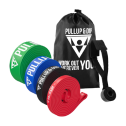
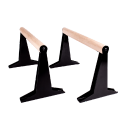
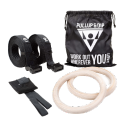



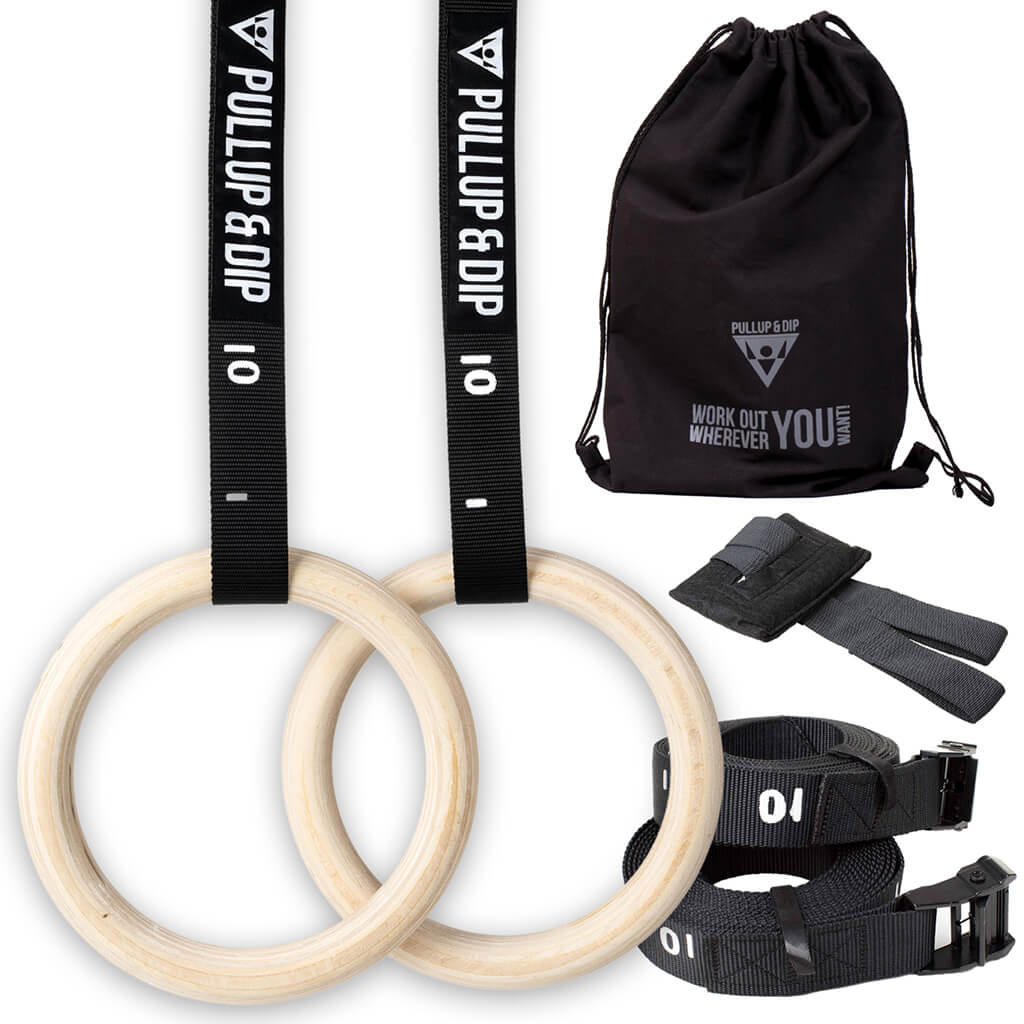
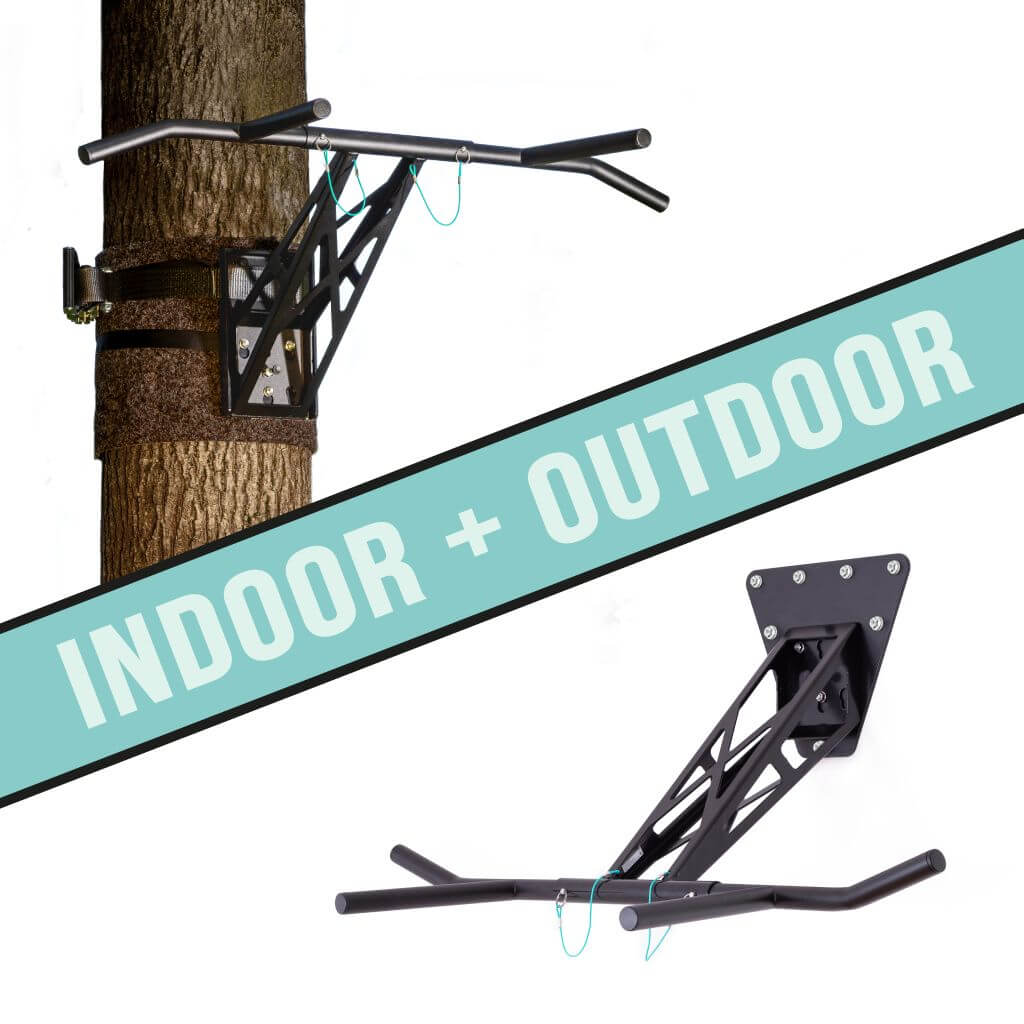
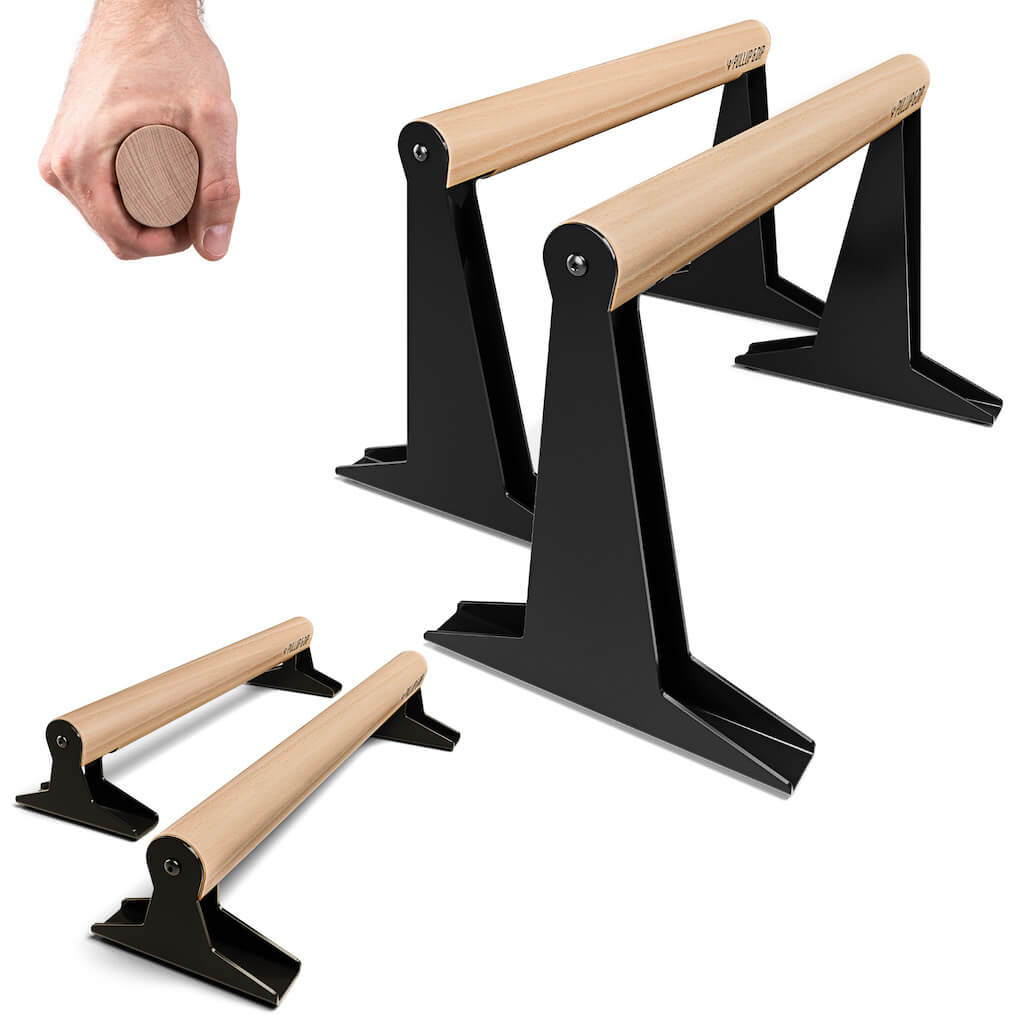

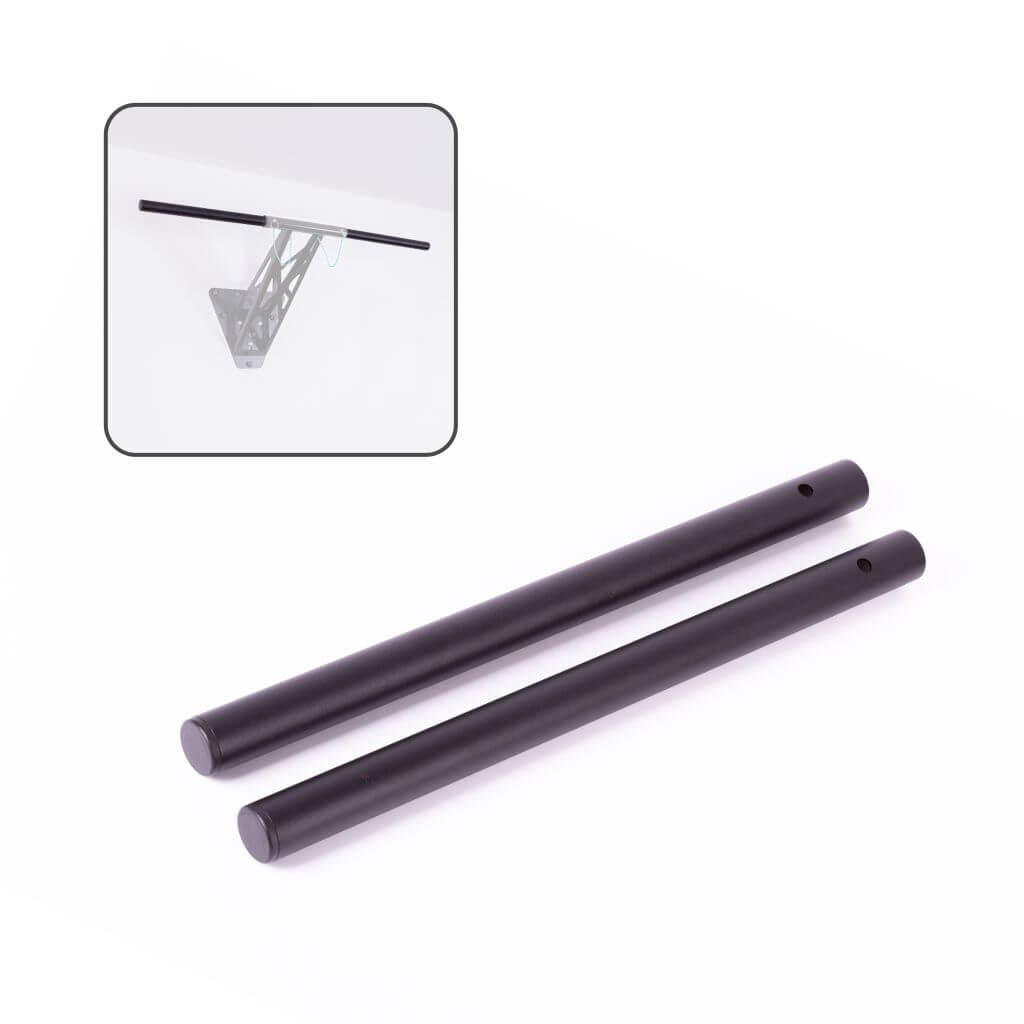
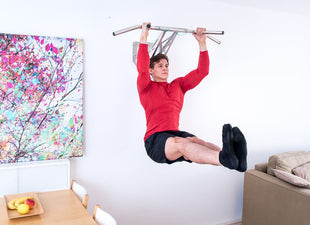
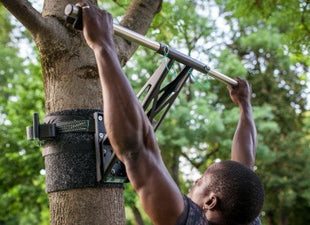
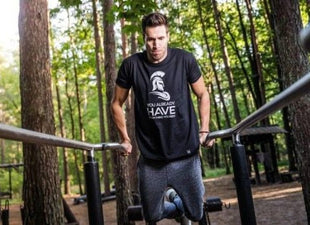
Leave a comment
All comments are moderated before being published.
This site is protected by hCaptcha and the hCaptcha Privacy Policy and Terms of Service apply.